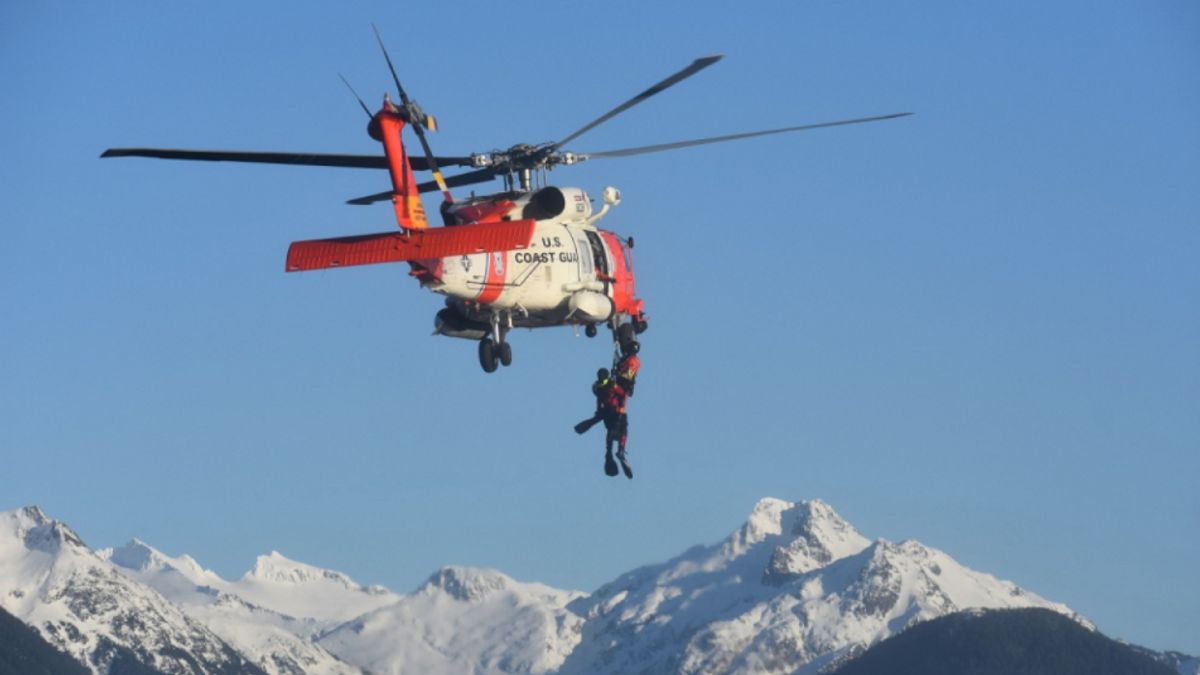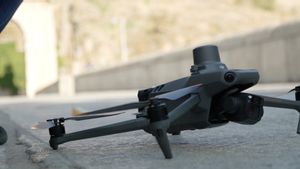JAKARTA The United States National Marine and Atmospheric Administration (NOAA) satellite is usually known for its weather and climate trackers. However, NOAA satellites can also save lives.
NOAA has a polar orbiter and geostationary satellite. This technology is part of the Search and Rescue Satellite Aided Tracking (COSPAS-SARSAT) system developed to detect locations with malicious signals.
This satellite can receive signals from emergency flares with 406MHz stationed on planes and ships. Thanks to a support network from the US spacecraft, THE CONSPAS-SARSAT managed to save 350 lives last year.
Of the 350 rescues made by the US last year, 255 people were rescued from the water, 44 people were rescued from the flight incident, and 51 people were rescued on land, where the PLB was used, "explained NOAA in an official statement.
SEE ALSO:
Of the many states in the United States, NOAA places Florida as the country most saved by their satellites. They managed to save 83 people in Florida, followed by Hawaii with 52 people.
Although NOAA did not exceed the record saves in 2019, this state institution remains proud of the results they have achieved. The reason is, every life that has been saved is proof that the SARSAT program is useful.
In order to increase the success of SARSAT, NOAA has partnered with coast guards throughout the region, the United States Air Force (USSF), as well as the United States Aeronautics and Space Agency (NASA). This collaboration is considered the foundation of SARSAT's success.
The English, Chinese, Japanese, Arabic, and French versions are automatically generated by the AI. So there may still be inaccuracies in translating, please always see Indonesian as our main language. (system supported by DigitalSiber.id)


















